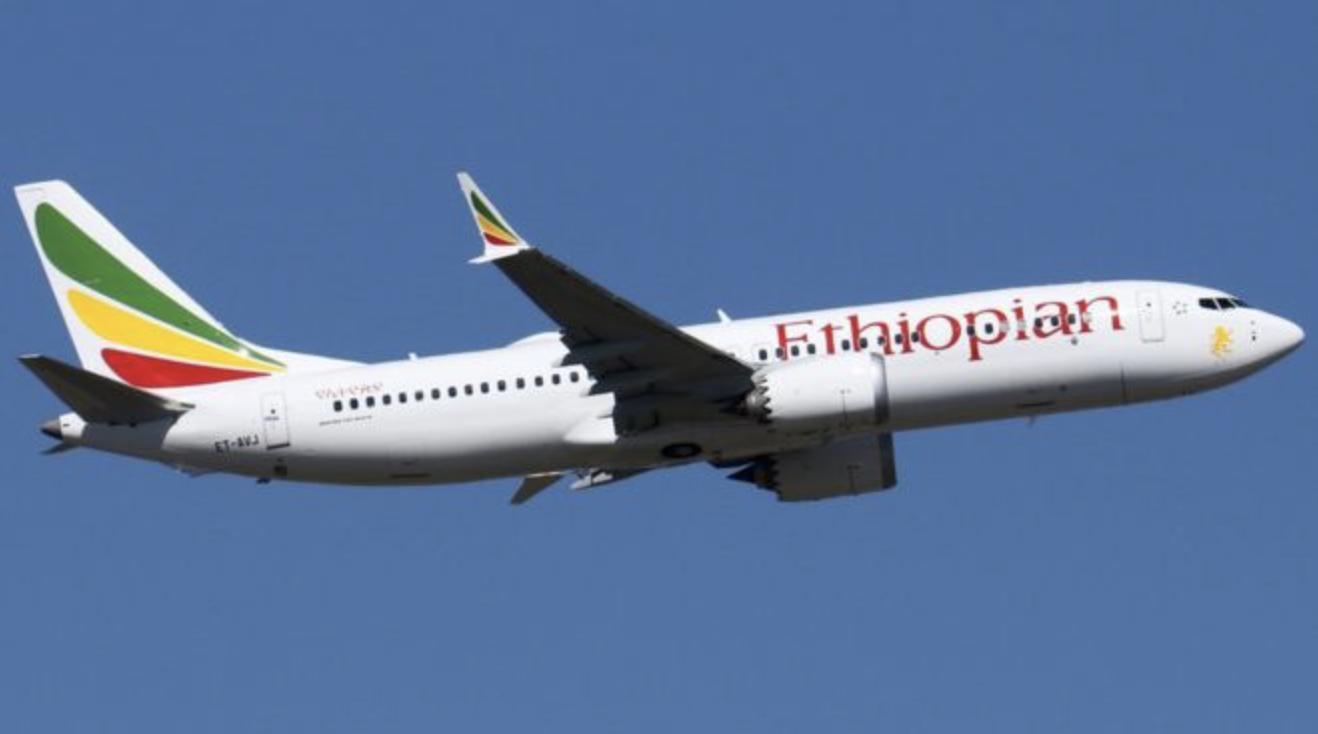Ethiopian Airlines Flight 302 Pilots Initially Followed Correct Steps Before Plane Crash

The pilots of Ethiopian Airlines Flight 302 that crashed shortly after takeoff appear to have initially followed proper procedures. They disabled power to electric motors that control the MCAS system. The MCAS system is believed to be a contributing factor to both this crash and the crash of Lion Air Flight 610. Both flights were operated by the Boeing 737 MAX aircraft. The MCAS system automatically pushes the nose of the plane down to prevent stalls.
According to a recent Wall Street Journal article, the pilots diverted from the prescribed procedure, likely after failing to be able to gain control of the aircraft:
After turning off a flight-control system that was automatically pushing down the plane’s nose shortly after takeoff March 10, these people said, the crew couldn’t get the aircraft to climb and ended up turning it back on and relying on other steps before the final plunge killed all 157 people on board.
The pilots on Ethiopian Airlines Flight 302 initially reacted to the emergency by shutting off power to electric motors driven by the automated system, these people said, but then appear to have re-engaged the system to cope with a persistent steep nose-down angle. It wasn’t immediately clear why the pilots turned the automated system back on instead of continuing to follow Boeing’s standard emergency checklist, but government and industry officials said the likely reason would have been because manual controls to raise the nose didn’t achieve the desired results.
The Wall Street Journal is a subscription site, so you may not be able to read the entire article. You may have luck Googling the title Ethiopian Airlines Pilots Initially Followed Boeing’s Required Emergency Steps To Disable 737 MAX System).
The article goes on to say that the information is preliminary. A more full report is likely to be released in the coming days. That may shed more light on the sequence of events that ultimately lead to this crash.
The Final Two Pennies
These are far from the final two pennies on this subject. It will be many months before a final determination is made as to the cause of the crash of both the Lion Air and Ethiopian Airlines flights. The Boeing 737 MAX continues to remain grounded worldwide after initial resistance by the FAA to do so, leading to disruptions for many airlines and their customers. A fix is in the works that should be rolled out soon. However, there’s no clear timeline for when the planes will return to the air. Airlines could see the 737 MAX grounded for months to come. That throws a serious wrench in summer travel schedules. Airlines like Southwest are already feeling the pain of canceling flights during busy spring break travel.
In the interest of full disclosure, I’m a Boeing shareholder and a big fan. My natural bias is to assume Boeing did the right thing. Still, this most recent information is fairly damaging, if true. The pilots seemed to be following their training, only to lose control of the aircraft. There may be other contributing factors here besides MCAS, the system meant to help prevent stalls in the new MAX. Either way, it seems that this new system will remain at the heart of the controversy surrounding the Boeing 737 MAX for some time to come.
Did you enjoy this post? Please share it! There’s plenty of ways to do that below.
You can also follow me on Twitter, Facebook and Instagram.
And, I hope you’ll check out my podcast, Miles To Go. We cover the latest travel news, tips and tricks every week so you can save money while you travel better. From Disney to Dubai, San Francisco to Sydney, American Airlines to WestJet, we’ve got you covered!

I’m a huge Boeing fan and I really feel like they have not done the right thing on any level here. They have accepted no responsibility for anything, from introducing a new system without requiring any training, requiring inadequate training to begin with, not vetting the new system, or grounding the plane when it seemed pretty obvious that something was seriously wrong. There’s obviously more, but Boeing has acted terribly here. They’ve lost an enormous amount of trust. Making this out to be some minor glitch is not going to help.